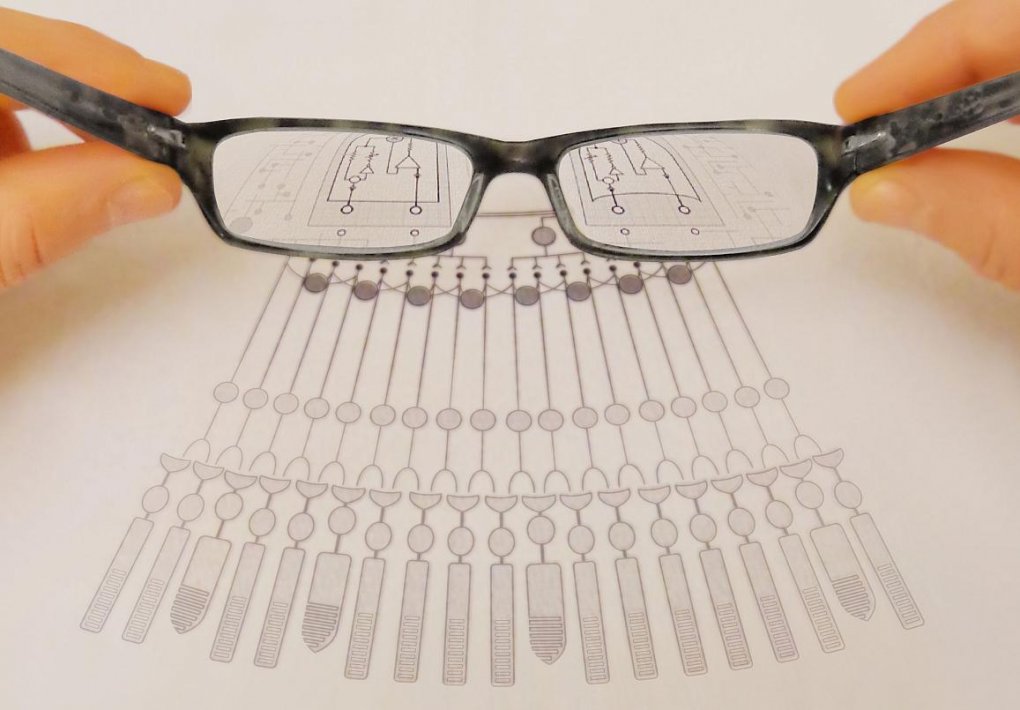Eye cells may use math to detect motion
Our eyes constantly send bits of information about the world around us to our brains where the information is assembled into objects we recognize. Along the way, a series of neurons in the eye uses electrical and chemical signals to relay the information. In a study of mice, National Institutes of Health scientists showed how one type of neuron may do this to distinguish moving objects. The study suggests that the NMDA receptor, a protein normally associated with learning and memory, may help neurons in the eye and the brain relay that information.
“The eye is a window onto the outside world and the inner workings of the brain,” said Jeffrey S. Diamond, Ph.D., senior scientist at the NIH’s National Institute of Neurological Disorders and Stroke (NINDS), and the senior author of the study published in Neuron. “Our results show how neurons in the eye and the brain may use NMDA receptors to help them detect motion in a complex visual world.”
This page was last updated on Friday, January 21, 2022
